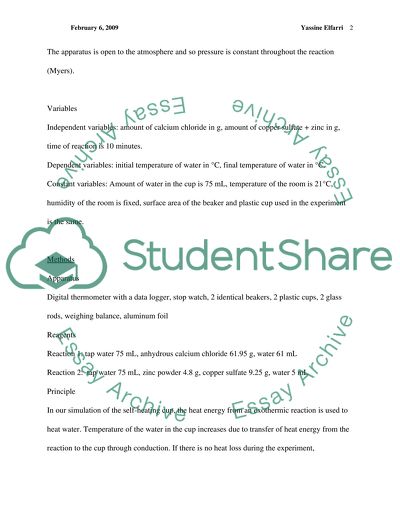Chemistry Lab report Coursework Example | Topics and Well Written Essays - 500 words. Retrieved from https://studentshare.org/miscellaneous/1551610-chemistry-lab-report
Chemistry Lab Report Coursework Example | Topics and Well Written Essays - 500 Words. https://studentshare.org/miscellaneous/1551610-chemistry-lab-report.


